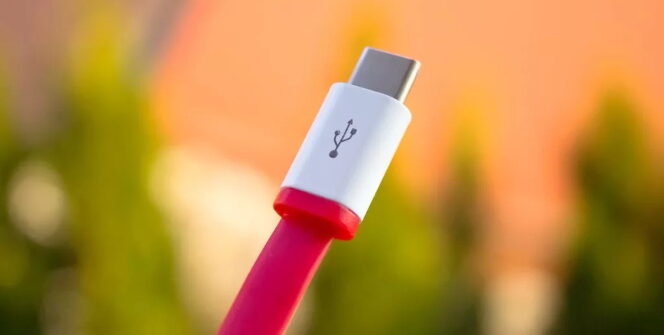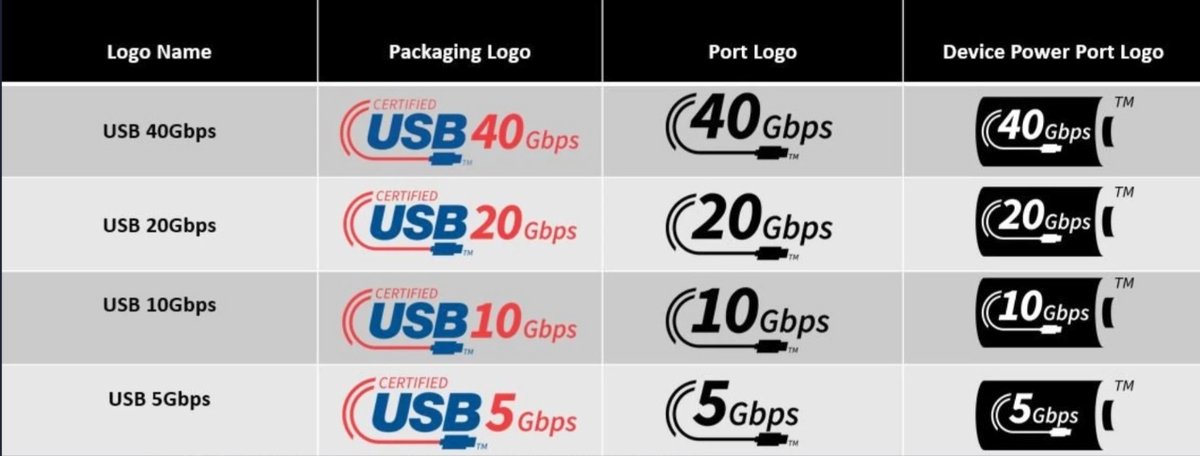TECH NEWS – That’s why the USB Implementers Forum (from now on, abbreviated to USB-IF) has decided to have more straightforward, transparent naming conventions for more modern standards.
The USB-IF is setting new rules to simplify branding for USB cables. New logos and more understandable names are coming, reports The Verge, so we won’t have to learn incomprehensible standard terms like “SuperSpeed Certified USB” or “USB4 Gen3x2”, for example, because not many people understand what cables they’re buying unless they’re experts or do their research. No wonder USB-IF is fed up with the whole thing…
According to Jeff Ravencraft, USB-IF’s COO, consumers want to know the maximum data transfer rate of their chosen product. Therefore, SuperSpeed USB10Gbps will become USB 10Gbps (gigabits per second), USB 20Gbps will replace USB4 20Gbps, and USB Type-C cables (from 2024, all mobile phones in Europe will have to be equipped with this port!) will have to be labelled with their power capacity. So they will have, for example, 60W or 240W. It will let us know whether the cable will be sturdy enough to charge our mobile phone or laptop.
USB 2.0, or USB Hi-Speed, is not part of the simplification. The USB-IF says that people would be confused if the ports were labelled as USB 480Mbps, for example, because the number would lead them to believe it was faster than USB 5Gbps (when the opposite is true). The new names focus on data transfer speed and power consumption. Some USB Type-C cables can be used for video output, but the USB-IF rebranding strategy doesn’t mention it (is it to confuse us further?).
USB is an open standard, so all manufacturers don’t need to adopt USB-IF names immediately. They only have to submit to it if they want to be certified by the organisation. So those who do not wish to do so can continue to use the SuperSpeed Certified USB name. Oh no.
Source: PCGamer








![[TGA 2025] Diablo IV: Lord of Hatred: A Character Class Returns! [VIDEO]](https://thegeek.games/wp-content/uploads/2025/12/theGeek-diablo-4-expansion-2-lord-of-hatred-paladin-skovos-horadric-cube-302x180.jpg)








Leave a Reply